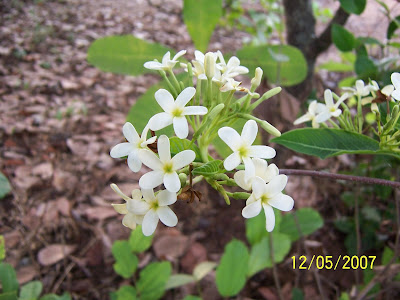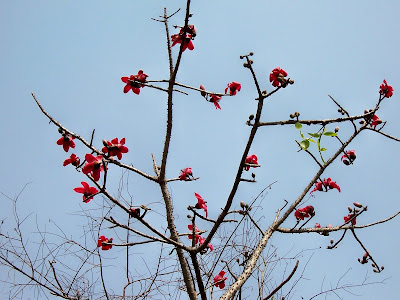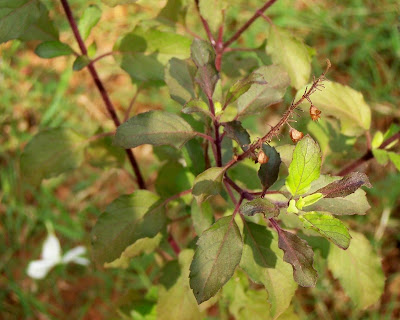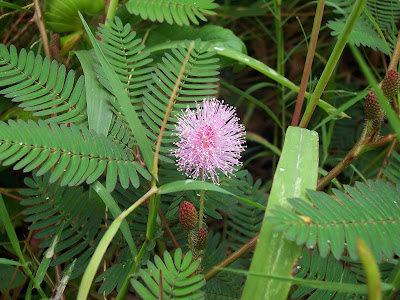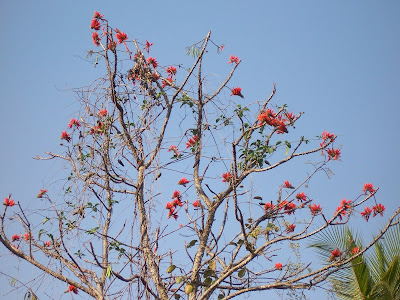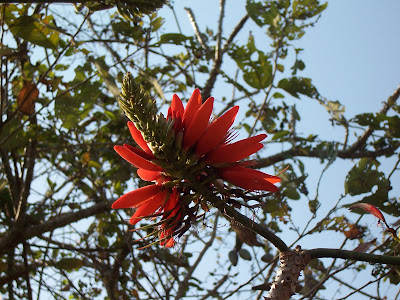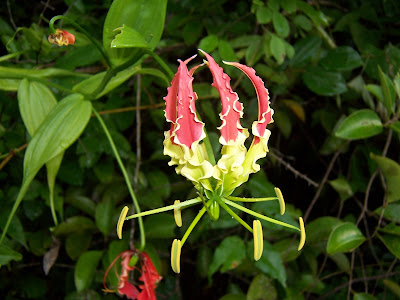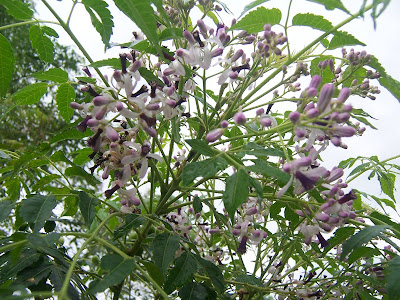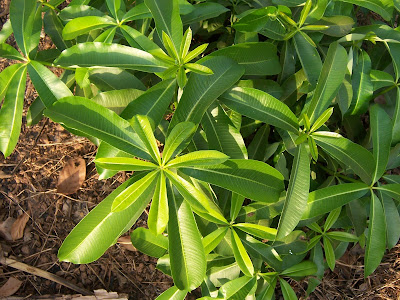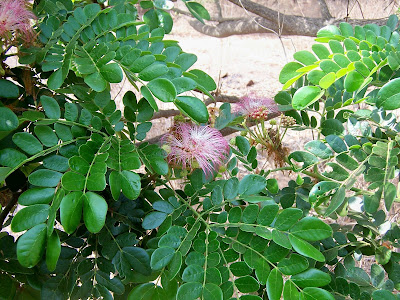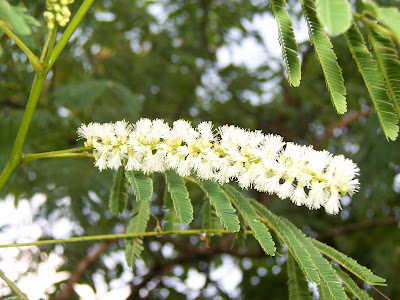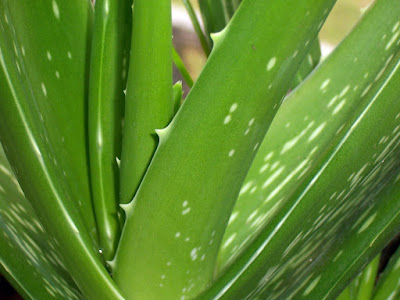
Botanical Name(s): Aloe Vera, Aloe Barbadensis
English Name(s): Indian Aloe, Jafarabad Aloe, Barbados Aloe, Curacao Aloe
Sanskrit Name(s): Kumari, Kanya, Ghrita-Kumari
Description: Perennial plant with short stem with long, erect leaves crowded in a basal rosette containing sticky juice, spiny teeth on their borders. Flowers are yellow in colour.
Chemical Constituents: Barbaloin, Aglycone, Aloe-emodin, Chrysophanol Glycoside.
Indications: Wounds, Burns, Dermatitis, Cutaneous Leishmaniasis, Eye problems, Liver problems, Spleen diseases, Constipation, Diabetes, Genital Herpes, Psoriasis, Seborrheic Dermatitis, Skin Ulcers, Ulcerative Colitis, Canker Sores, Crohn`s disease, GERD.
